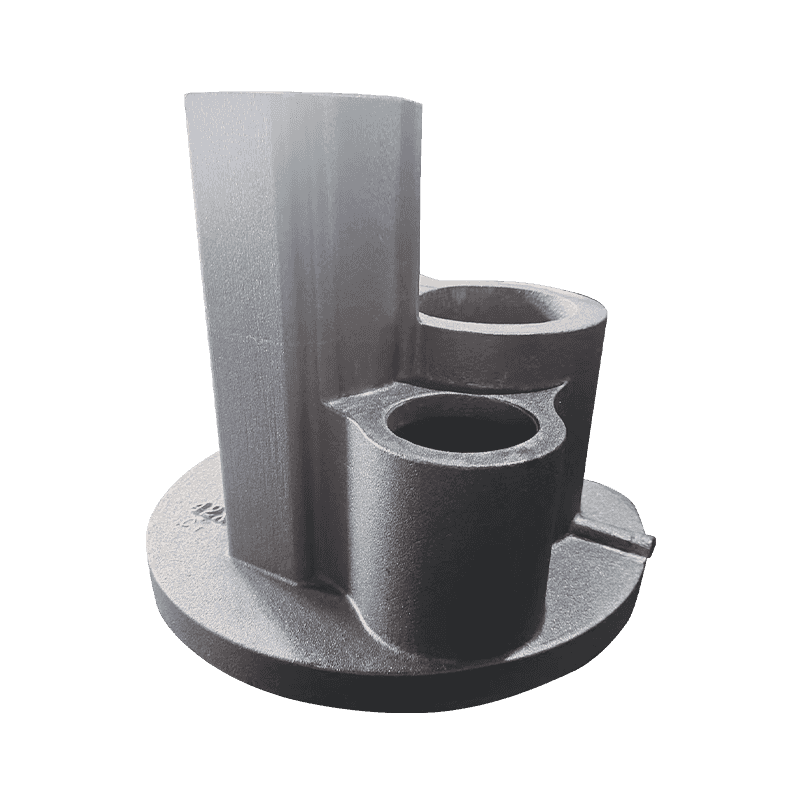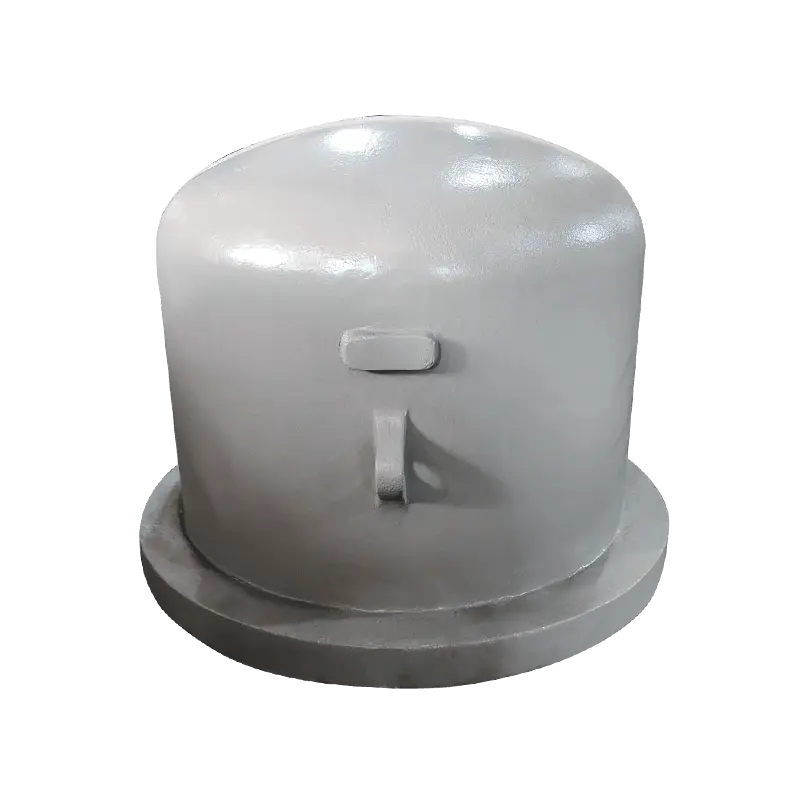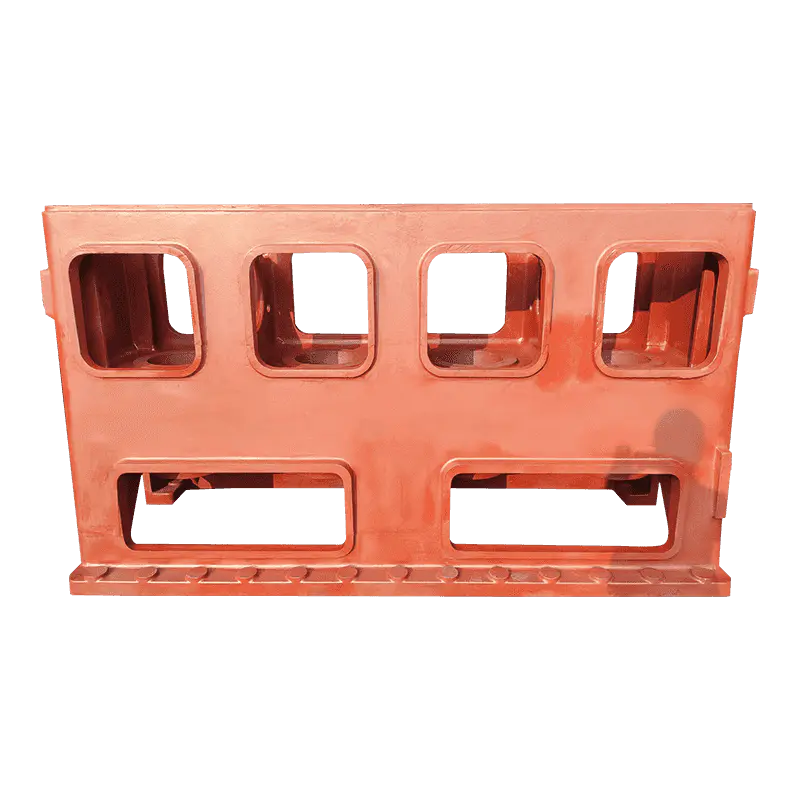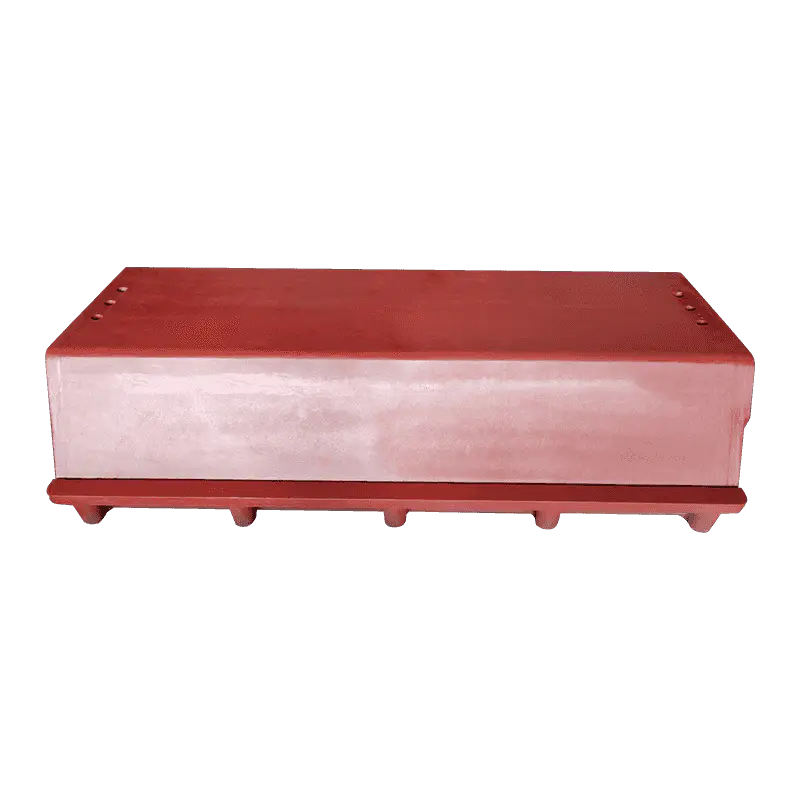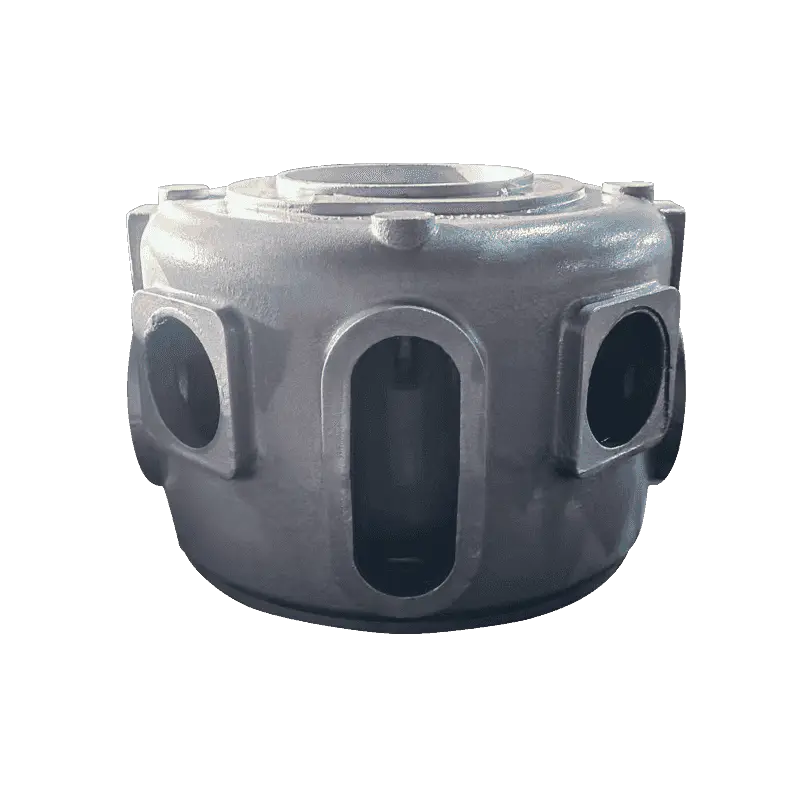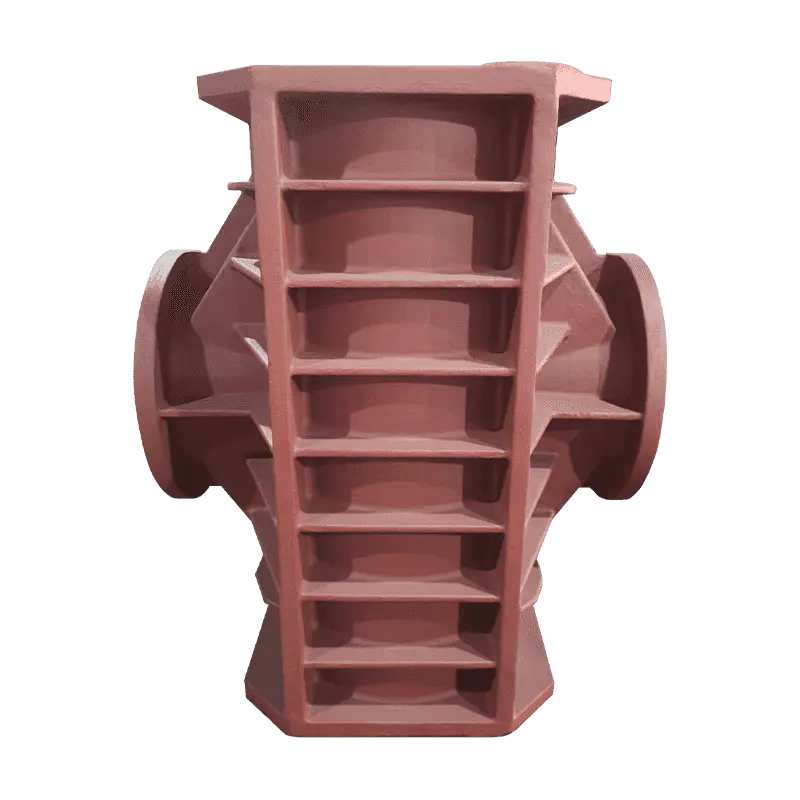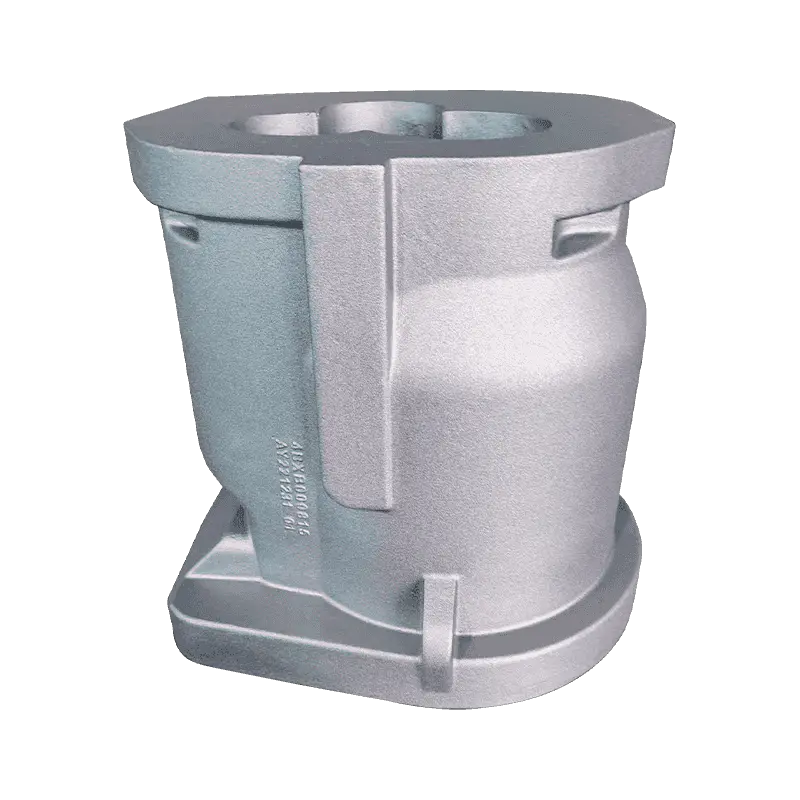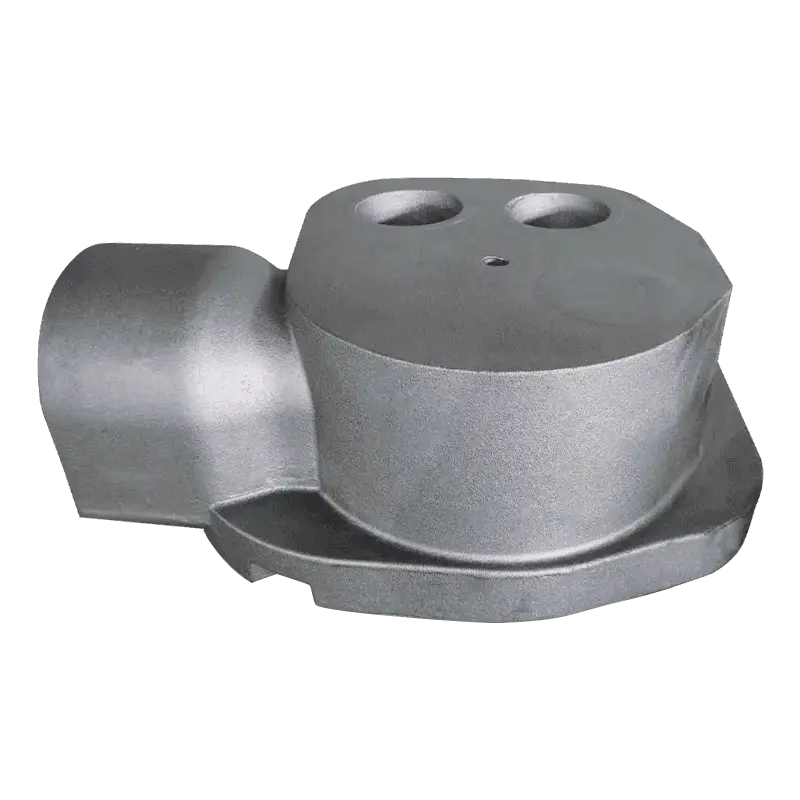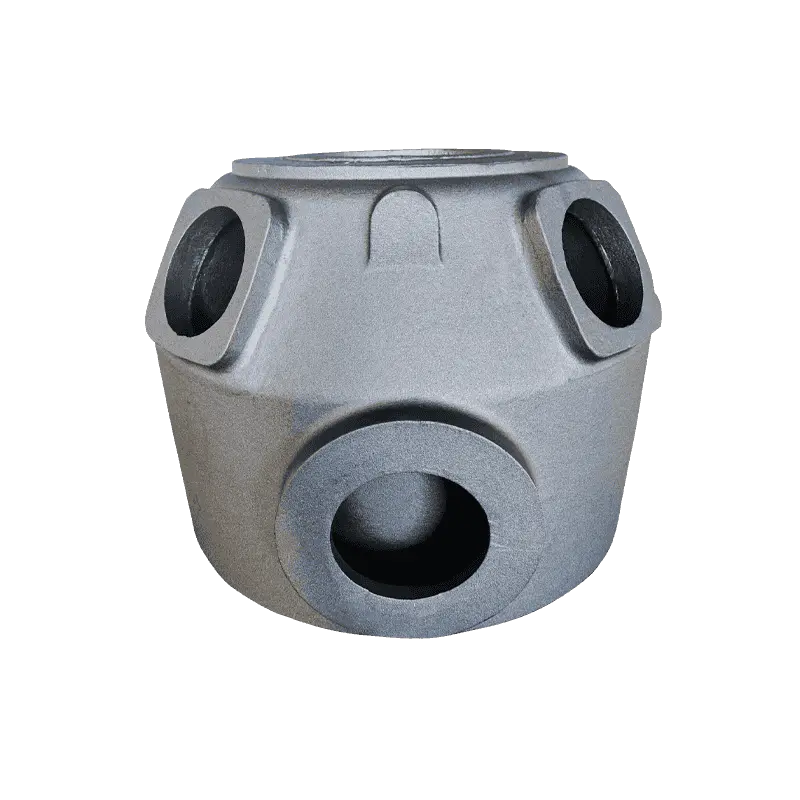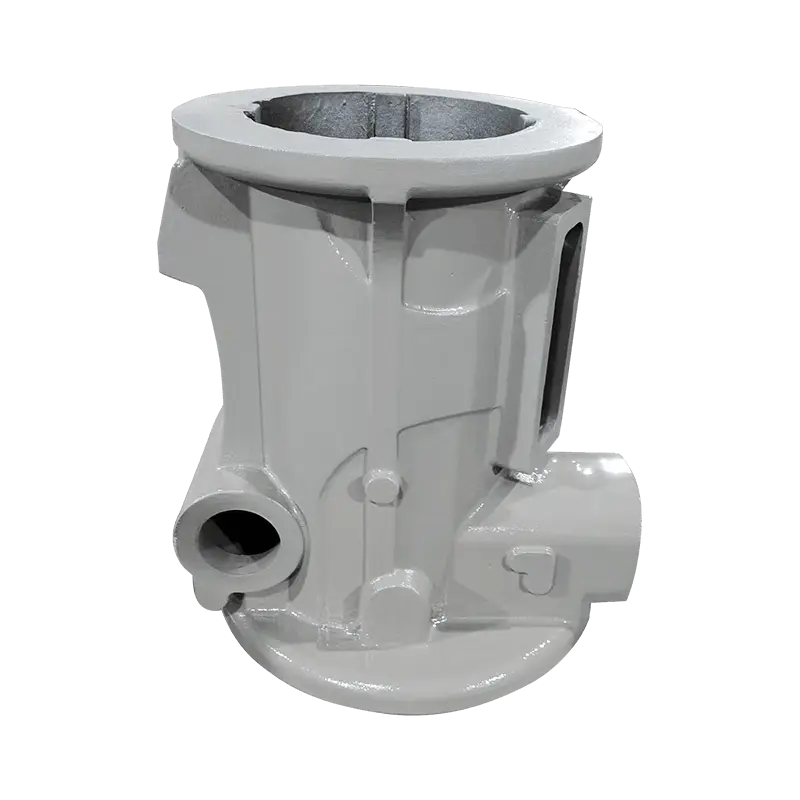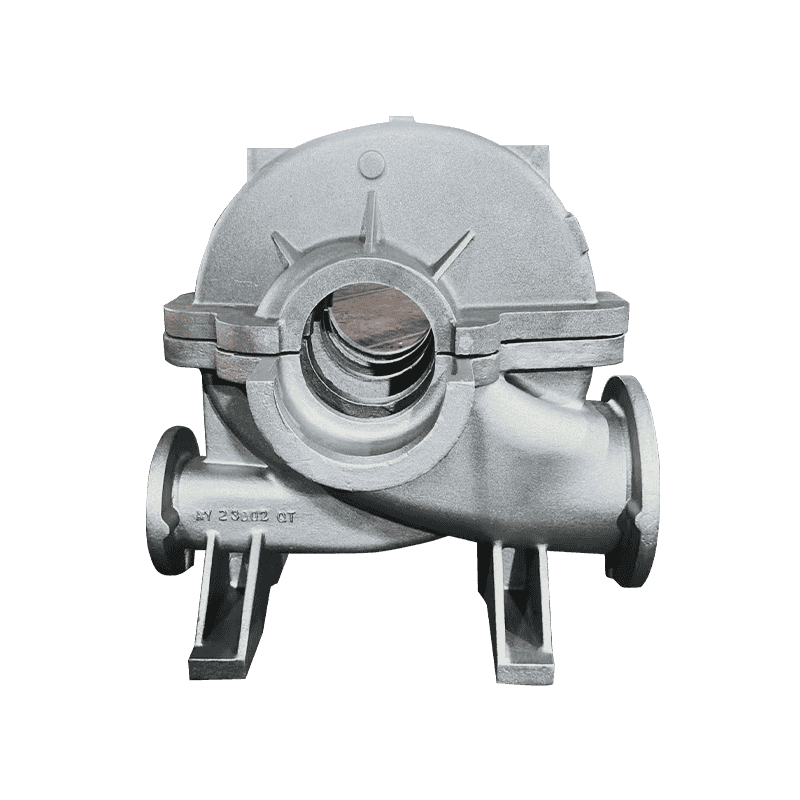The design of the Machine Tool Column incorporates high-rigidity materials such as cast iron, steel, or advanced alloys, chosen for their superior mechanical properties. These materials are selected to minimize deformation under high dynamic loads. The structure is reinforced with thick-walled components, ribbing, and other internal reinforcements that provide additional strength and resistance to bending and flexing during operation. These design features significantly enhance the column's ability to handle forces generated by the cutting tool, ensuring that the machine's precision is maintained even when subjected to high-speed dynamic conditions.
Vibrations are an inherent challenge in high-speed machining operations, where rapid tool movements and cutting forces can lead to oscillations that affect the quality of the machined part. To mitigate these vibrations, the Machine Tool Column often integrates advanced damping systems. This can include materials such as polymer composites, viscoelastic dampers, or specialized vibration-damping coatings. These systems absorb vibrational energy and dissipate it as heat, preventing harmful resonance from propagating through the machine structure. By doing so, the damping mechanisms protect the machine's precision, reduce tool wear, and prevent undesirable surface finishes on the workpiece, improving overall machining performance.
In modern machine tool column design, advanced engineering simulations are used to predict the column’s behavior under dynamic loads. Finite Element Analysis (FEA) and other computational techniques allow engineers to analyze how the column will perform under varying conditions, such as high-speed operation or heavy cutting forces. Through these simulations, engineers can identify potential stress points and weak spots in the column’s design. Resonance frequencies, vibration modes, and dynamic loads are all modeled and adjusted to optimize the column's structural integrity and vibration resistance. This design approach ensures that the Machine Tool Column performs reliably in real-world machining scenarios without compromising accuracy.
Effective vibration isolation between the Machine Tool Column and other machine components is critical for minimizing the transmission of dynamic forces. The column’s interface with the machine base, table, or other parts is designed to reduce vibration transfer. This is achieved through the use of vibration isolation pads, rubber mounts, or spring systems that decouple the column from the machine’s main body. These isolation features ensure that the forces generated during high-speed machining do not travel through the entire system, preventing unwanted vibrations from affecting the workpiece or tool. Additionally, optimized alignment and the use of precision bearings further enhance the stability of the system during operation.
The material selection for the Machine Tool Column is paramount in controlling vibrations. Materials with high natural damping properties, such as cast iron or special composite materials, are often used because of their ability to absorb and dissipate vibrational energy. Cast iron, for instance, is well-known for its excellent damping characteristics, which help reduce resonance and prevent vibration from propagating through the column. This allows the column to maintain rigidity and stability during high-speed operations. In some designs, a combination of materials, including metals with damping additives or reinforced composites, is used to optimize both strength and vibration resistance, ensuring better performance in precision machining applications.

